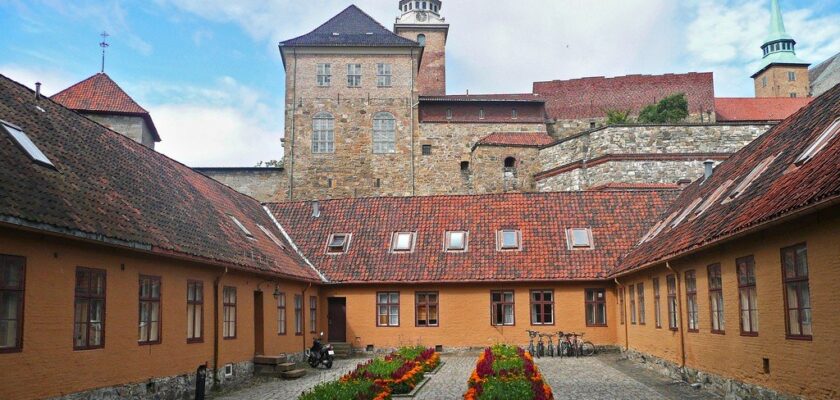Akershus Festning
Akershus Castle is one of Oslo’s most interesting landmarks and once a very significant structure. It is so situated that it virtually controls the entire Oslo fjord and the approaches to the city from the coast. The advantageous, as they now say, geostrategic position allowed the defenders of the city to withstand the numerous sieges that occurred in wars with neighbors year after year, century after century. It has been said that he who owns the fortress has all of Norway at his disposal!
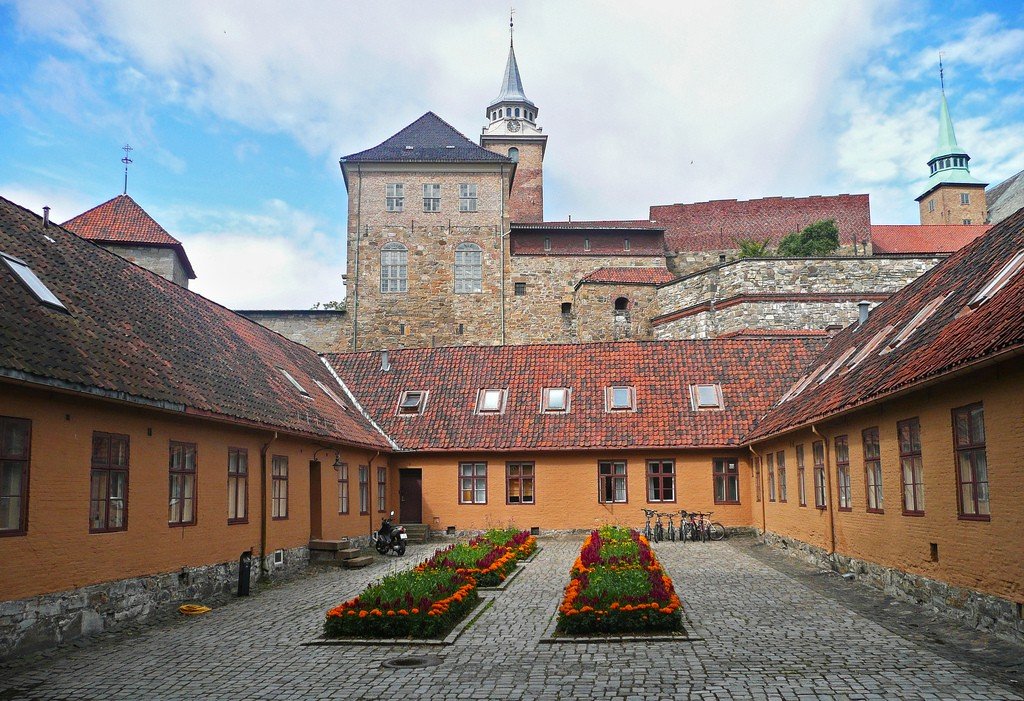
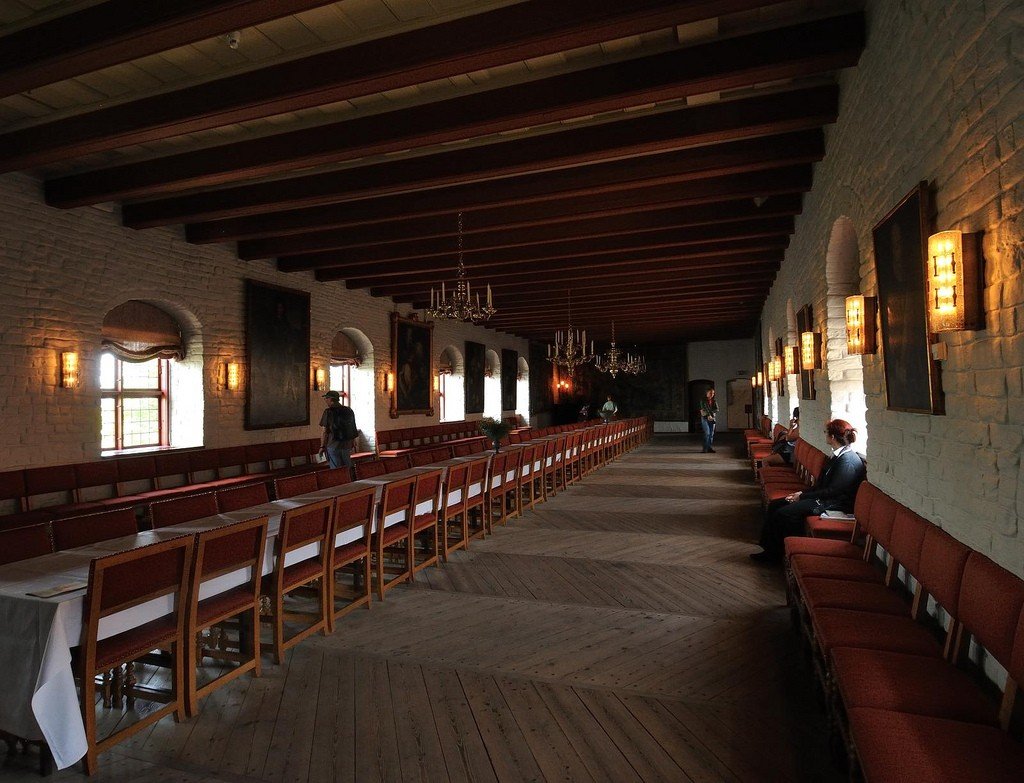
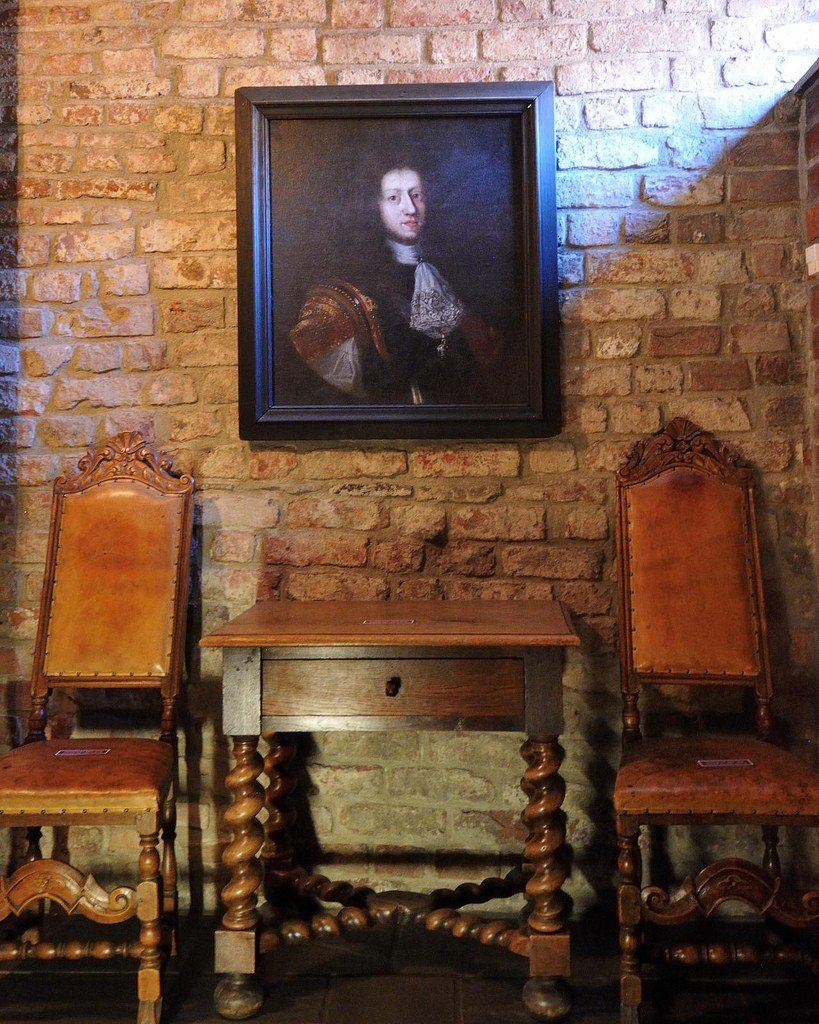
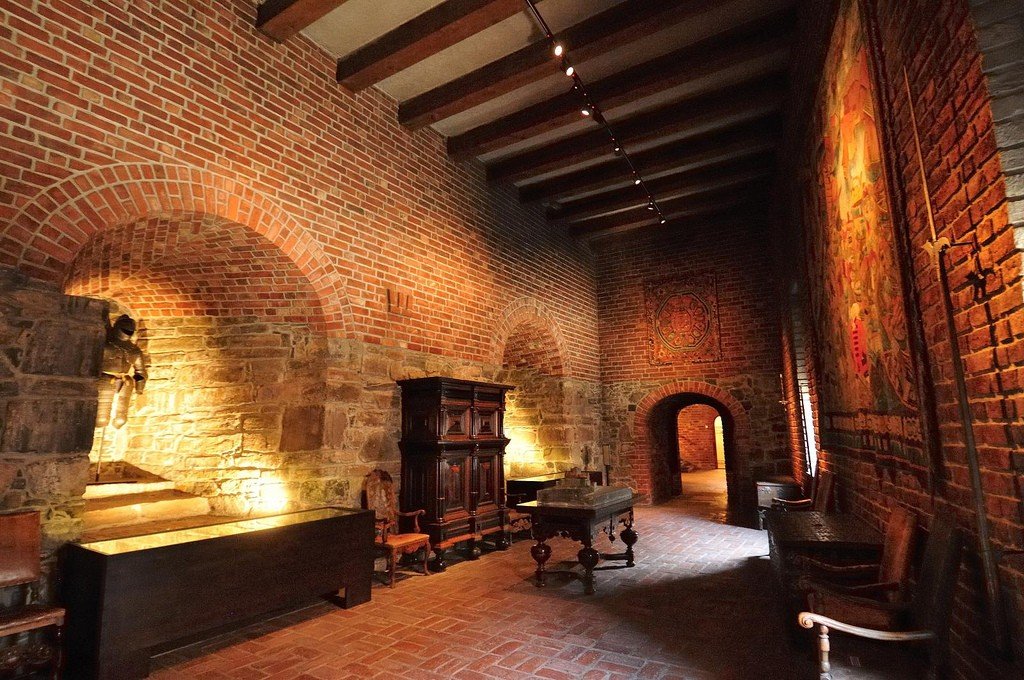
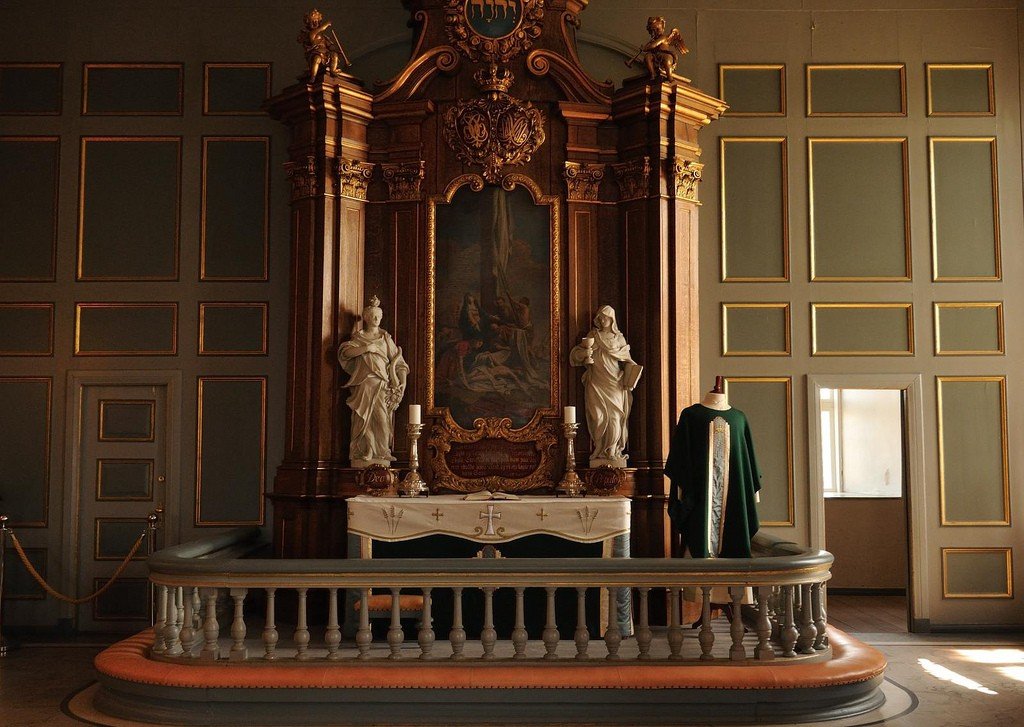
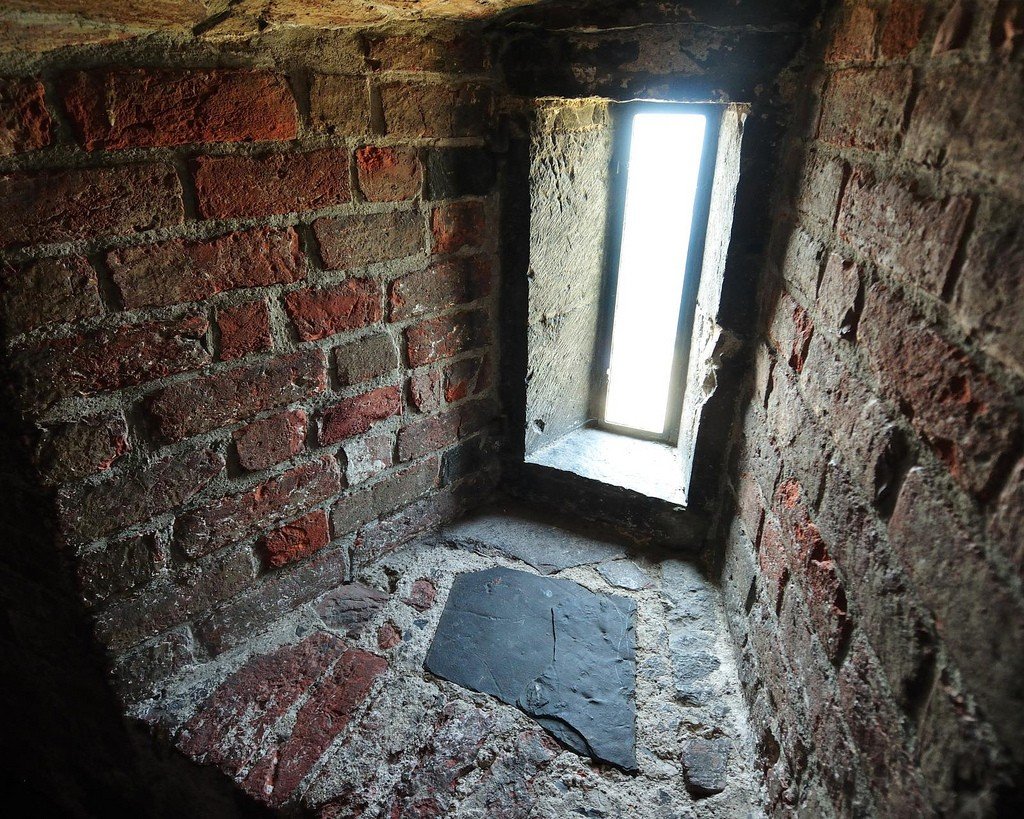
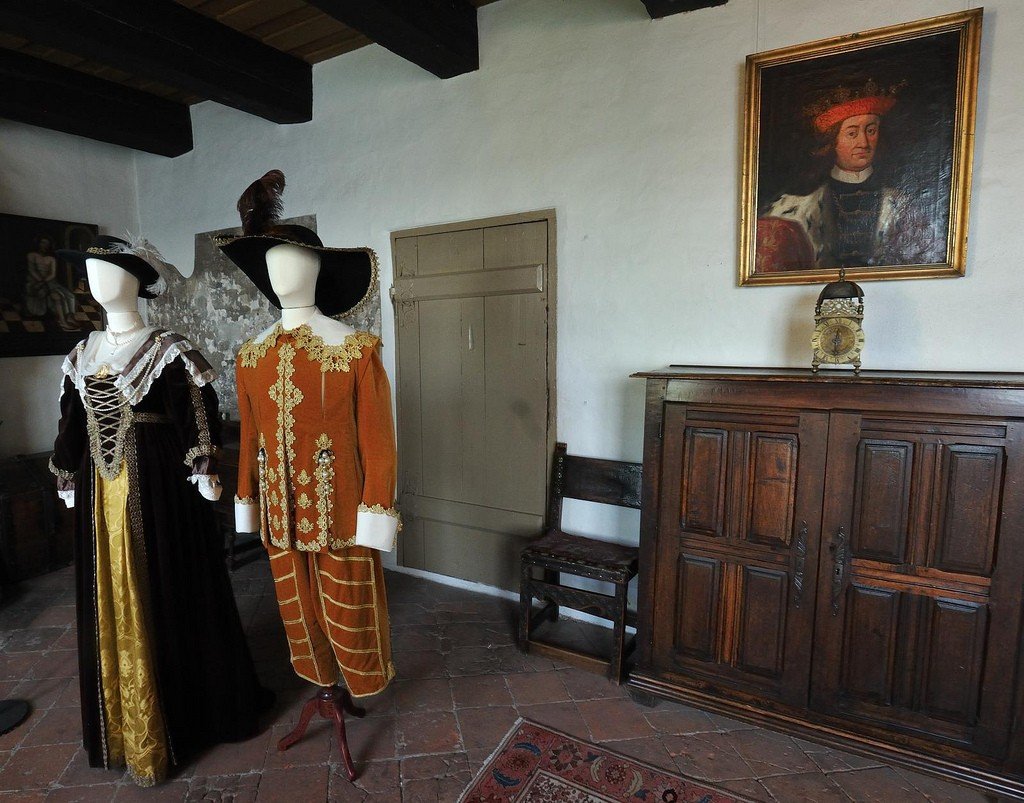
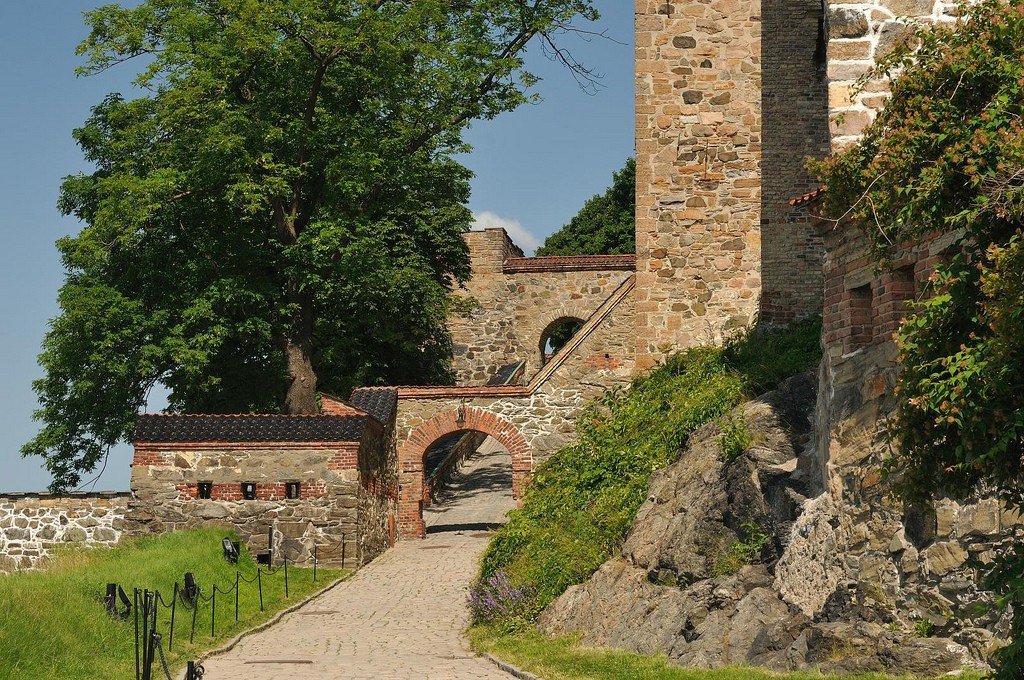
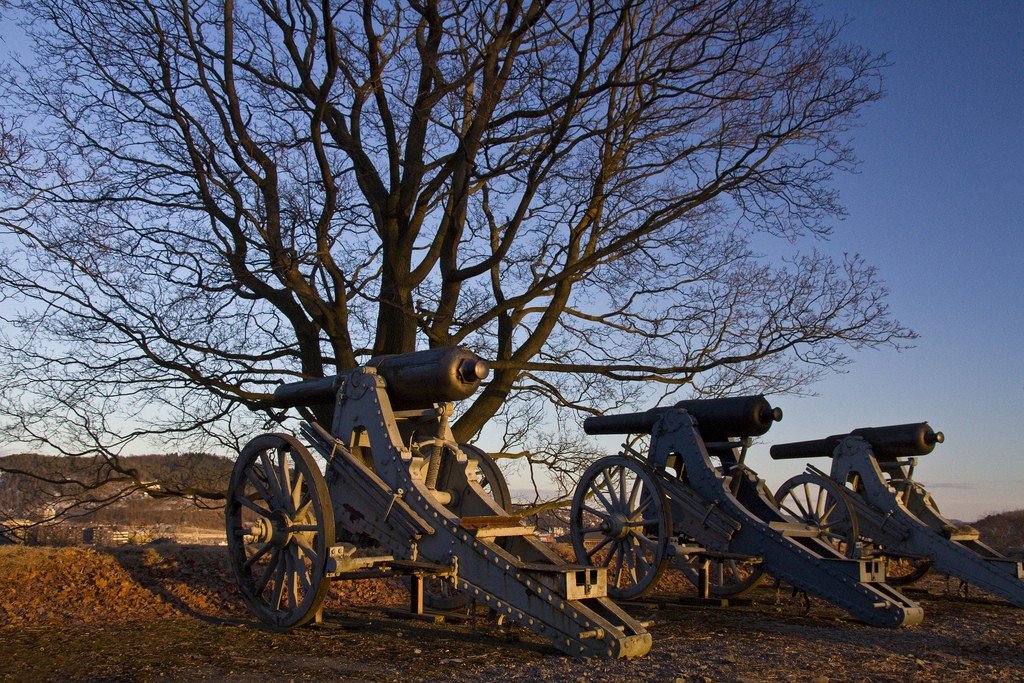
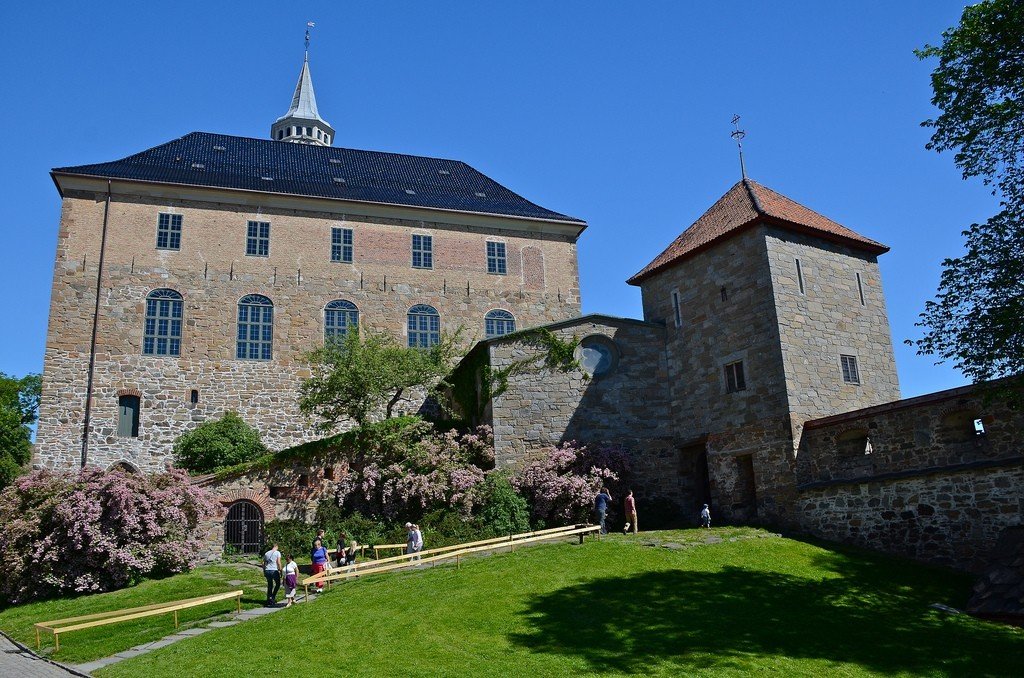
History
It is not known exactly when work on the construction of the fortress began, but it is believed to have been in the last decade of the 13th century.
The fortress is first mentioned in writing in 1300 in a letter from King Håkon to the church in Oslo. The letter, however, does not say at what stage the construction work stands.
The castle survived a siege in 1308 (by the Swedes under Erik Knutsson). In 1527 the castle burned to the ground and was rebuilt from the stone of the Cistercian Abbey from a neighboring island.
In 1624, King Christian IV laid a new town at the walls of the castle, to which he gave his name – Christiania. The castle at this time acquires a Renaissance appearance. Since the end of XVIII century the castle is used as a royal prison. In 1787-97 the Norwegian prisoner of conscience Christian Lofthus spent the rest of his days here. At the end of the 19th century, restoration work was begun at Akershus. Peter Blix was the author of the first restoration project for the fortress, submitted in 1896. In 1897 his project was approved and received a grant from the Norwegian Parliament. At the beginning of the XX century a museum was founded on the territory of the castle. Restoration work was carried out here until 1976, when the Olav Hall was completed, where official events are now held.
.In the history of its existence, the castle has never been conquered by siege. Only in 1940 did it surrender to the Germans without a fight, when the Norwegian government abandoned Oslo as a result of the German invasion of Denmark and Norway.
During the five-year occupation, the castle housed the Gestapo, and several people were executed there by the Germans. The occupation ended on May 11, 1945, when the castle was handed over to Norwegian hands by the Germans. After the war, 8 Norwegians were executed on the castle grounds for collaborating with the Nazis.
.On October 24, 1945, Vidkun Quisling was executed here for treason, and in 1989, Pope John Paul II celebrated mass in the square of Akershus Fortress – it was the first time in history that the head of the Roman Catholic Church visited Norway.
.The Norwegian monarchs buried in the castle chapel are: konung Sigurd I, konung Håkon V, Queen Efimia, King Håkon VII, Queen Maud, King Ulaf V and Crown Princess Martha.
.Attractions
The castle now houses museums of the Resistance and the Norwegian Armed Forces. The castle houses the headquarters of the Norwegian Armed Forces and the Ministry of Defense. The castle and chapel and the fortress are open to tourists. Visitors can see the banquet halls, official residences and prison cells, and in the museum located in the fortress, you can see documents related to the military history of Norway, from the Viking Age to the post-World War II period.
.Address and opening hours
Address: Akershus Slott, Akershusstranda, Akershus Festning.
.Opening hours: Akershus Fortress – daily from 6:00 to 21:00. Akershus Castle: Monday through Saturday – from 10:00 to 16:00, Sunday – from 12:30 to 16:00 in summer, in winter the opening hours are reduced. Tours are available at 11:00, 13:00, 15:00 Monday through Saturday and at 13:00 and 15:00 on Sunday.
.Entrance to the fortress is free, to the castle is 65 NOK or free with Oslo Pass card, to the Museum of Norwegian Resistance is 50 NOK or free with Oslo Pass card.
.